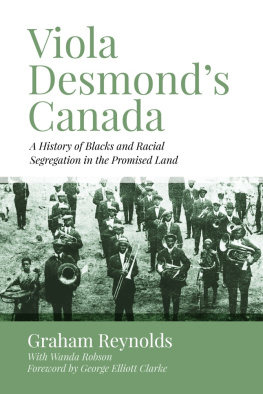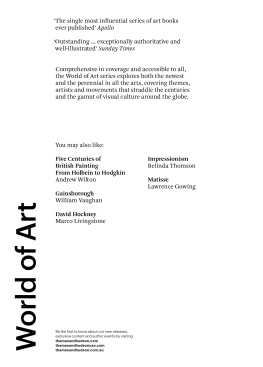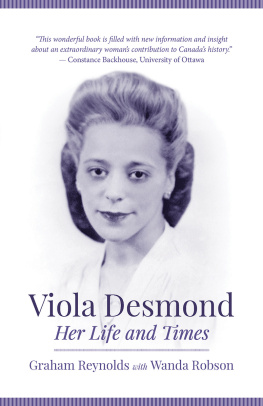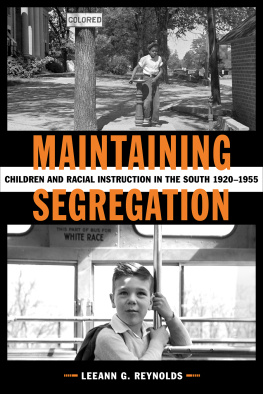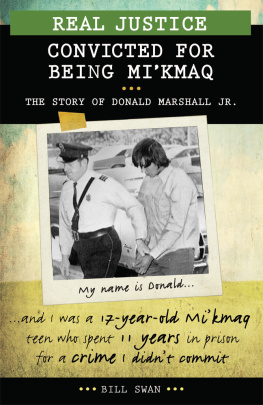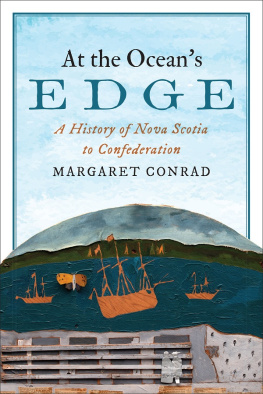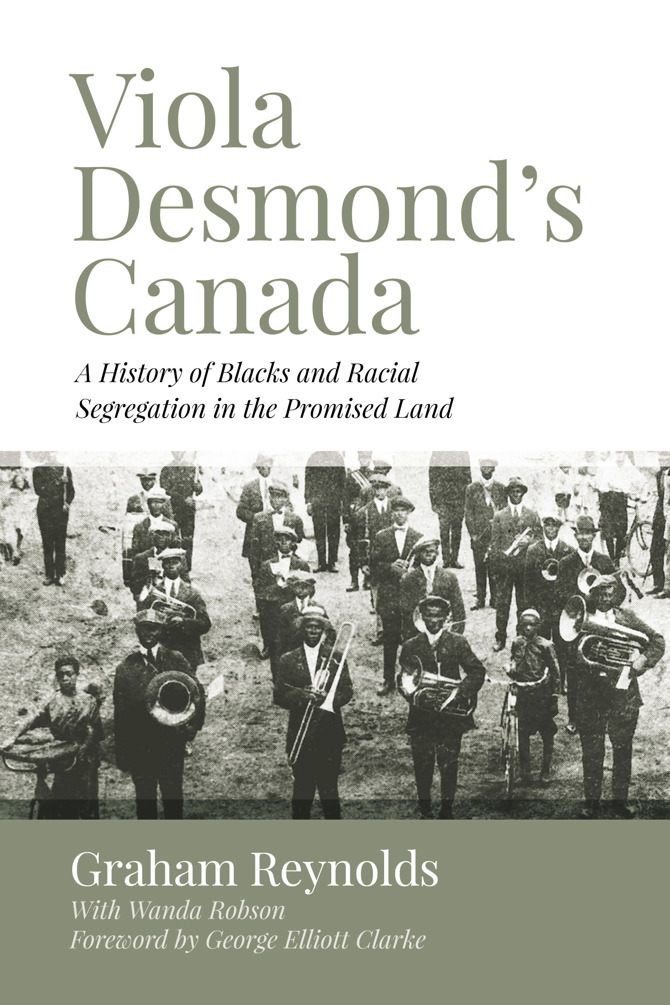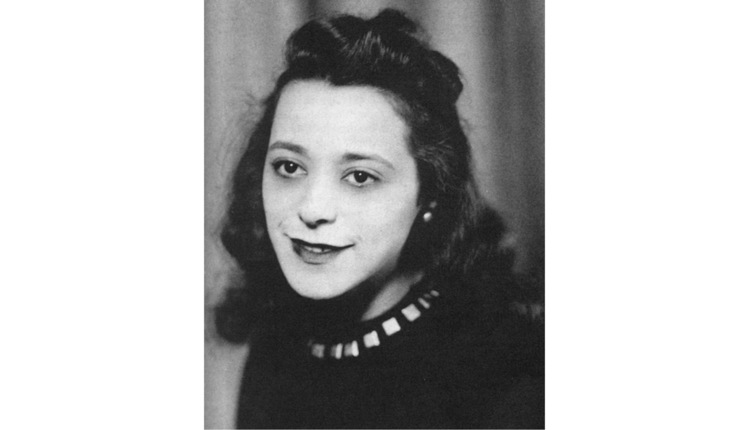Viola Desmonds Canada
Viola Desmond
By permission of Joe and Wanda Robson
Viola Desmonds Canada
A History of Blacks and Racial
Segregation in the Promised Land
Graham Reynolds
with Wanda Robson
Fernwood Publishing
Halifax & Winnipeg
Copyright 2016 Graham Reynolds and Wanda Robson
All rights reserved. No part of this book may be reproduced or transmitted in any form by any means without permission in writing from the publisher, except by a reviewer, who may quote brief passages in a review.
Editing: Curran Faris
Text design: Brenda Conroy
Cover photo: U.N.I.A. Marching Band Whitney Pier,
Nova Scotia, 1921, courtesey of Beaton Institute
Cover design: John van der Woude
Printed and bound in Canada
Published by Fernwood Publishing
32 Oceanvista Lane, Black Point, Nova Scotia, B0J 1B0
and 748 Broadway Avenue, Winnipeg, Manitoba, R3G 0X3
www.fernwoodpublishing.ca
Fernwood Publishing Company Limited gratefully acknowledges the financial support of the Government of Canada through the Canada Book Fund and the Canada Council for the Arts, the Nova Scotia Department of Communities, Culture and Heritage, the Manitoba Department of Culture, Heritage and Tourism under the Manitoba Publishers Marketing Assistance Program and the Province of Manitoba, through the Book Publishing Tax Credit, for our publishing program.
Library and Archives Canada Cataloguing in Publication
Reynolds, Graham, 1944-, author
Viola Desmonds Canada : a history of blacks and racial segregation in
the promised land / Graham Reynolds with Wanda Robson.
Includes bibliographical references and index.
Issued in print and electronic formats.
ISBN 978-1-55266-837-5 (paperback).--ISBN 978-1-55266-857-3 (kindle).-
ISBN 978-1-55266-856-6 (epub)
1. Desmond, Viola, 1914-1965. 2. Blacks--Canada--History. 3. Blacks-
Segregation--Canada--History. 4. Segregation--Canada--History. 5. Slavery
Canada--History. 6. Canada--Ethnic relations--History. I. Robson, Wanda,
1926-, author. II. Title. III. Title: Canada.
FC106.B6R49 2016 971.00496 C2015-908280-3
C2015-908281-1
To John and Eunice Harker, for their sustained commitment to human rights, and to Catherine Arseneau, Jane Arnold and the staff of the Beaton Institute at Cape Breton University, for their dedication to preserving and sharing the archival treasures of Atlantic Canadas and Canadas multicultural heritage.
Contents
Acknowledgements
I am indebted to a great number people, and without their support Viola Desmonds Canada would not have been possible. In June of 2010, John Harker, former president of Cape Breton University, provided the initial encouragement for this book by appointing me as the first Viola Desmond Chair in Social Justice. The creation of the Chair followed the Nova Scotia Governments action of granting an apology and free pardon to the late Viola Desmond in April 2010. President Harkers initiative was inspired, in part, by the role that Cape Breton University graduate and Viola Desmonds youngest sister, Wanda Robson, played in this historic event.
I first met Wanda in 2000 when she became a student in my race relations course. We quickly formed a close student-mentor bond that, over the years, has evolved into a lasting friendship and collaborative relationship. I am grateful to Wanda for the substantive contribution she has made to this book and to her husband Joe who provided important family documents and much helpful advice.
The research for Viola Desmonds Canada draws heavily on the archival holdings at the Cape Breton University Beaton Institute, which includes the Fortress of Louisbourg as well as the Black Nova Scotian Holdings. Catherine Arseneau, the Director of the Beaton Institute, and archivist Jane Arnold offered invaluable advice and assistance throughout all phases of the project. I also received very helpful assistance from Parks Canada historian, Anne Marie Lane Jonah and Elizabeth Tait, the Curator of Textiles at the Fortress of Louisbourg National Historic Site. Both these Parks Canada specialists provided me with valuable information and insights into the role of women in eighteenth-century Ile Royale as well as details regarding the life of Marie Marguerite Rose. Anne Marie translated the inventory of Roses material possessions, and she generously provided me with the French and English translation of the eighteenth century merchant Pierre Lapoubles letter that she discovered while conducting her own research.
The story of Marie Marguerite Rose came to my attention through the research of retired Fortress of Louisbourg historian Kenneth Donovan. My own study of the early history of Blacks in Canada, which is presented in chapters 1 and 4, has benefitted greatly from his pioneering work on the history of slavery and from the many discussions we have had over the years.
The office of the President of Cape Breton University, the former Dean of Research, Dale Keefe and the former Dean of the School of Arts and Social Science, Rod Nicholls, provided financial assistance to this project. This support enabled me to hire three research assistants and to conduct interviews and research in several provinces. In the initial stage of this project, Anna MacNeil helped locate and retrieve important documents relating to West Indian immigration to Canada. Meghan Donovan later transcribed oral interviews I conducted, helped with translations of French documents and compiled newspaper articles. In the final phase of completing the book, Courtney MacIsaac assisted in obtaining documents at the New Brunswick Provincial Archives and in ferreting out important newspaper articles. She also creatively formatted the Rose inventory in order to make it into a much more reader-friendly document.
Several public libraries and archives assisted my research for Viola Desmonds Canada , including the Toronto Public Library, the City of Vancouver Archives, the New Brunswick Provincial Archives, The Public Archives of Nova Scotia and Library and Archives Canada. I am also very grateful to the dedicated staff at the Cape Breton University Library, especially for the support and specialized expertise I received from Mary Dobson, Barry Gabriel and Mary Campbell.
Viola Desmonds Canada incorporates several interviews as well as a roundtable discussion that took place at the fourth annual Promised Land Project Symposium, held at the Black Cultural Centre in Dartmouth, Nova Scotia. I would like to thank Virginia Travis, Philip Alexander, Marie Carter, Sylvia Hamilton and Les Oliver for their generosity and willingness to share their deeply personal early childhood recollections involving racial prejudice. I am especially thankful to Boulou Ebanda de Bberi, Professor of Media, Communication and Cultural Studies at the University of Ottawa, for preparing the audio file of the roundtable discussion that he recorded at the Promised Land Project Symposium.

